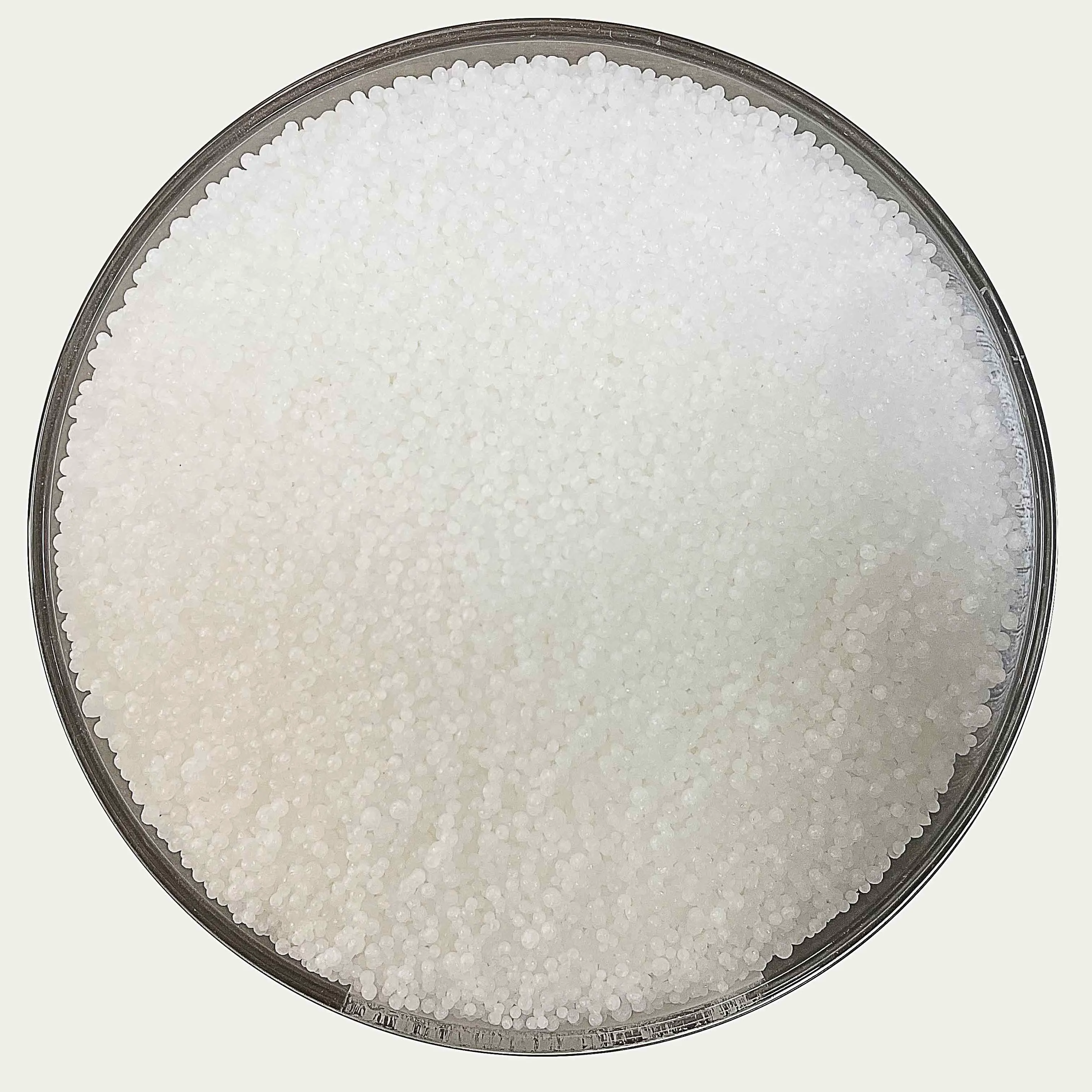
Feb . 18, 2025 00:10 Back to list
Diammonium Phosphate 18-46-0 Dap granular
Exploring the Benefits and Applications of 46-0-0 Fertilizer An Expert's Perspective
Precision farming techniques have further enhanced the use of 46-0-0 fertilizer. By employing soil and tissue tests, farmers can adjust urea applications based on real-time data, tailoring the amount to the specific needs of their crops. This approach not only optimizes plant uptake but also aligns with sustainable agriculture, reducing excessive nitrogen application and its associated environmental impact. Despite its high nitrogen content, 46-0-0 fertilizer does not provide phosphorus or potassium, essential nutrients in their own right for crop growth. Therefore, while urea addresses nitrogen requirements effectively, it should be part of a balanced fertilization program. Integrating it with other nutrient sources ensures that plants receive a full spectrum of necessary nutrients, promoting overall health and yield. Safety and storage also play a critical role in the effective use of urea. Being hygroscopic, urea absorbs moisture from the air, which can lead to clumping and reduced effectiveness. Proper storage in cool, dry conditions is essential to maintain its integrity and efficacy. Trust in 46-0-0 fertilizer comes from decades of proven results in the field. Agricultural professionals and research institutions continue to endorse its use, provided that applications are carried out with expertise and precision. The success stories from farmers around the globe, who experience increased yields and sustainable practices, add an authoritative layer to its reputation. When selecting a supplier, ensure they adhere to high production standards, maintaining quality assurance throughout the manufacturing process. Trustworthy suppliers often provide detailed product information, application guidelines, and safety precautions, empowering farmers with knowledge to use urea effectively and safely. In conclusion, 46-0-0 fertilizer remains a cornerstone in agriculture, praised for its nitrogen-rich composition and versatility across various farming techniques. Experts advocate for its use as part of a balanced and informed farming strategy, emphasizing the importance of precision and environmental consideration. Through expert knowledge and reliable application practices, urea continues to drive agricultural success, offering solutions that meet both current and future food production needs efficiently and sustainably.


Precision farming techniques have further enhanced the use of 46-0-0 fertilizer. By employing soil and tissue tests, farmers can adjust urea applications based on real-time data, tailoring the amount to the specific needs of their crops. This approach not only optimizes plant uptake but also aligns with sustainable agriculture, reducing excessive nitrogen application and its associated environmental impact. Despite its high nitrogen content, 46-0-0 fertilizer does not provide phosphorus or potassium, essential nutrients in their own right for crop growth. Therefore, while urea addresses nitrogen requirements effectively, it should be part of a balanced fertilization program. Integrating it with other nutrient sources ensures that plants receive a full spectrum of necessary nutrients, promoting overall health and yield. Safety and storage also play a critical role in the effective use of urea. Being hygroscopic, urea absorbs moisture from the air, which can lead to clumping and reduced effectiveness. Proper storage in cool, dry conditions is essential to maintain its integrity and efficacy. Trust in 46-0-0 fertilizer comes from decades of proven results in the field. Agricultural professionals and research institutions continue to endorse its use, provided that applications are carried out with expertise and precision. The success stories from farmers around the globe, who experience increased yields and sustainable practices, add an authoritative layer to its reputation. When selecting a supplier, ensure they adhere to high production standards, maintaining quality assurance throughout the manufacturing process. Trustworthy suppliers often provide detailed product information, application guidelines, and safety precautions, empowering farmers with knowledge to use urea effectively and safely. In conclusion, 46-0-0 fertilizer remains a cornerstone in agriculture, praised for its nitrogen-rich composition and versatility across various farming techniques. Experts advocate for its use as part of a balanced and informed farming strategy, emphasizing the importance of precision and environmental consideration. Through expert knowledge and reliable application practices, urea continues to drive agricultural success, offering solutions that meet both current and future food production needs efficiently and sustainably.
Share
Latest news
-
Organic 10-10-10 Fertilizer: Balanced NPK for Healthy Plants
NewsAug.27,2025
-
10 10 10 Organic Fertilizer: Balanced NPK for Healthy Plants
NewsAug.26,2025
-
Organic 10-10-10 Fertilizer: Balanced NPK for Healthy Plants
NewsAug.25,2025
-
Premium 15-30-15 Granular Fertilizer for Vigorous Growth
NewsAug.24,2025
-
Organic Amino Acid Fertilizer for Plants | Boost Growth & Yield
NewsAug.23,2025
-
Calcium Ammonium Nitrate (CAN) White Granular Agriculture Fertilizer
NewsAug.22,2025
